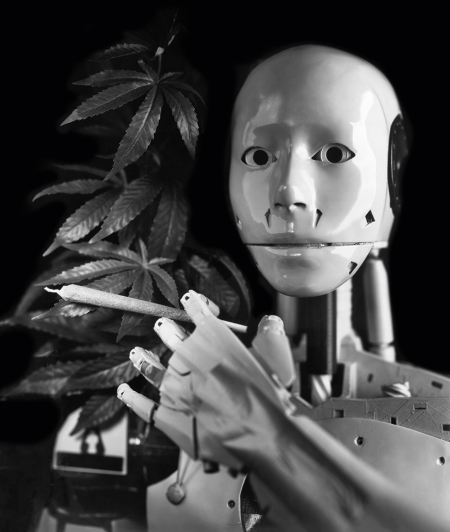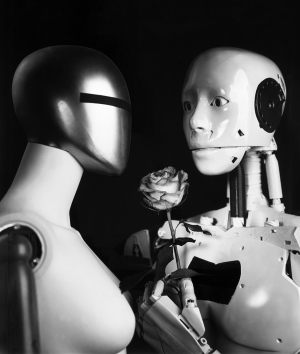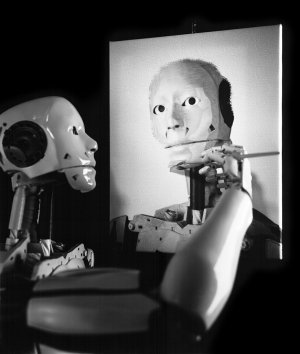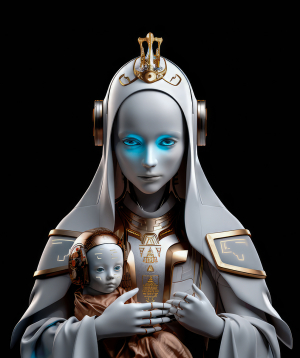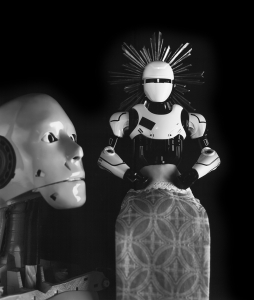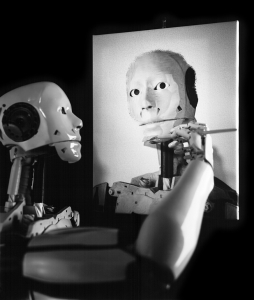Description
AI-Robot – Drugs (Analog Version)
Put simply, an AI is just a programmed algorithm that performs certain tasks. An AI has no consciousness of its own and shows no understanding. The question of the relationship between AI and drugs is actually utopian. Nevertheless, I have dealt with this question artistically.
Humans consume drugs to relax, expand their consciousness or increase their performance. AI systems cannot experience the effects of drugs themselves because they do not have a biochemical central nervous system that is affected by drug use. However, like drugs, toxic data can make an AI system “addicted” to bad patterns. The system can become so accustomed to the falsified information that it becomes difficult to correct the errors, even if the toxic data is deleted. This can lead to a decrease in AI performance and even unpredictable behavior.
From the series “AI-Robot – Artificial Intelligence”
The increasing use of artificial intelligence offers a wide range of potential – but at the same time it also arouses fears and has a sinister effect on some people. The “AI-Robot – Artificial Intelligence” series explores selected aspects of this area of tension through art.
First, the motifs were photographed 8 to 13 times each with the analog Klimsch Praktika repro camera. The exposure was made on 50×60 cm, special black and white positive photo paper – without the detour via a negative – with subsequent manual development in the photo laboratory. By exposing directly onto the photographic paper, each photograph is unique within a small edition.
In the second step, the identical image themes were created again – this time with software support from an AI. The subject of close examination and in-depth evaluation here is how such an AI, in comparison to analog photography, implements the individual themes pictorially.

